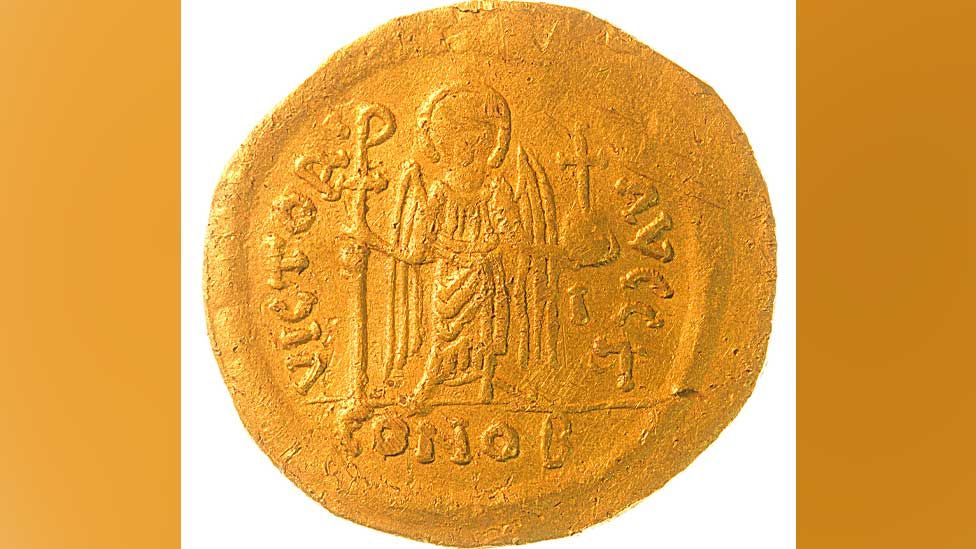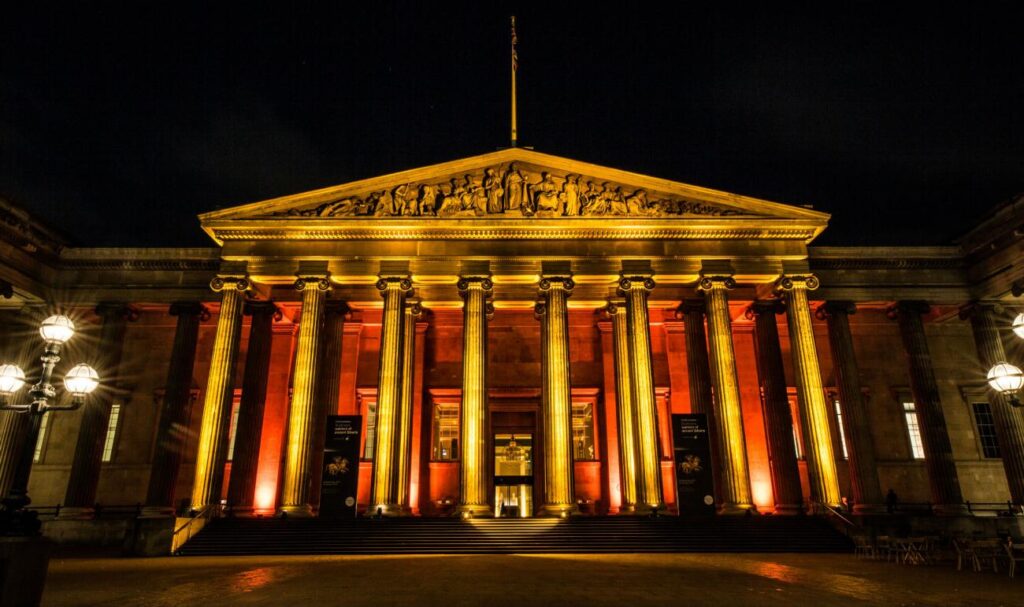The 131 gold coins sporadically found in a mine in western Norfolk over the past 30 years have been heralded as the largest such Anglo-Saxon find in England. The coins, as well as four other gold objects dating from about 1,400 years ago, were mostly discovered by a single metal detector, who reported each archaeological find to the local authorities.

According to a Guardian report, 10 coins were found by a local police officer. He was jailed for 16 months in 2017 for attempting to illegally sell them. The Norfolk Treasury is primarily a Frankish tremiss, a small gold coin used in late antiquity (circa AD 284–700).
Also, there were nine solidi (a large coin of the Byzantine Empire worth about three tremisses), a small gold ingot, and a gold bracteate (a flat medal usually worn as jewelry). The Norfolk Coroner is currently examining gold items to determine if they are treasures as defined in the UK Treasure Act 1996, which makes the coins the property of the crown.

In the UK, coroners are responsible for investigating treasure claims as well as determining the cause of death. The law states that the treasures that any two or more coins, consisting of more than 10% of the precious metal and which are more than 300 years, are considered treasures. Searchers are required by law to report alleged treasures to local authorities.
The Crown will claim the find if the accredited museum wishes to purchase the items and can pay a fee equivalent to its market value. The Norwich Castle Museum is currently hoping to acquire the treasure with the support of the British Museum.
In a statement, Tim Pestell, senior curator of archeology at the Norwich Castle Museum and Art Gallery, called the Norfolk treasure a find of international significance, adding that studying the treasure and its location could reveal our understanding of the early systems of trade and exchange and the importance of western Norfolk to the ruling kings of East Anglia in the seventh century.

So far, the largest hoard of coins dating back to the Anglo-Saxon period consisted of 101 coins. They were discovered in Krondall, Hampshire in 1828. The most famous of these finds were made at Sutton Hoo in 1939 by amateur archaeologist Basil Brown. They were popularized by the 2021 Netflix drama “Excavation”.
Brown and his team unveiled an early medieval burial monument under the embankment, filled with 37 gold coins, three blank coins, and two small ingots, as well as Byzantine silverware, military equipment, and other treasures. The entire chamber is in the British Museum in London.

























